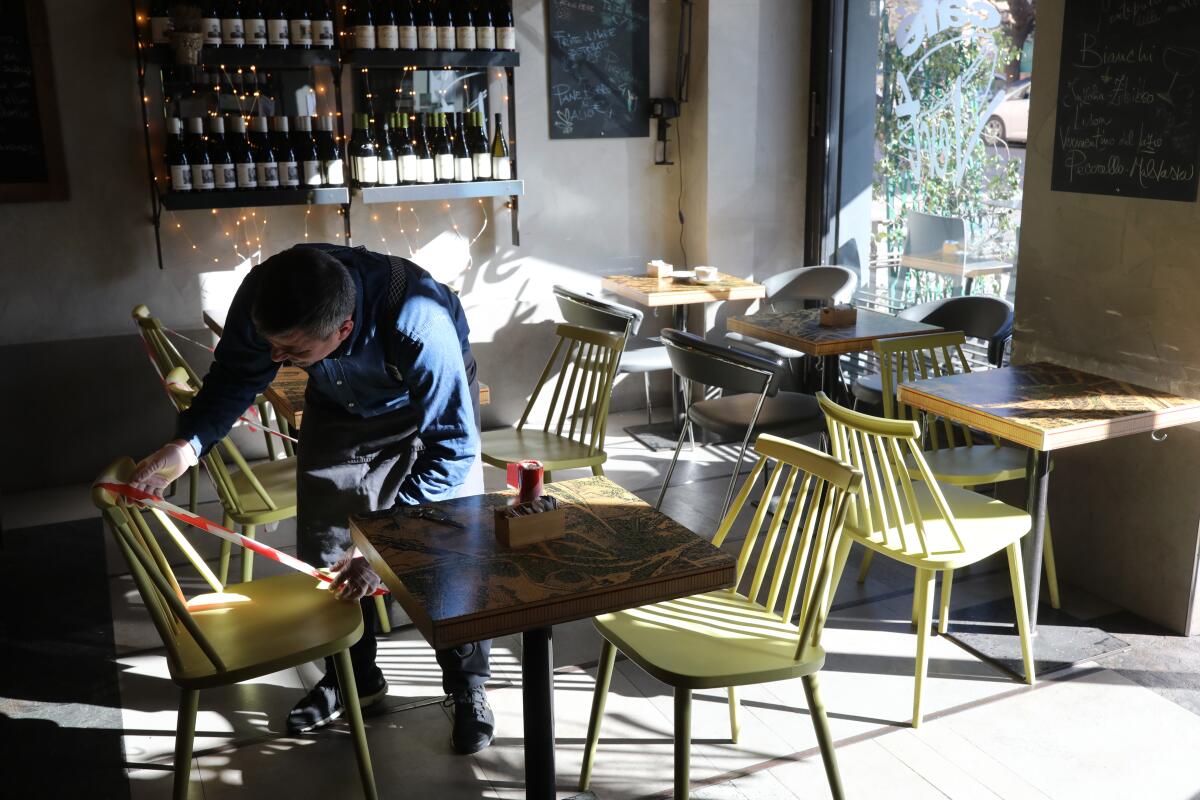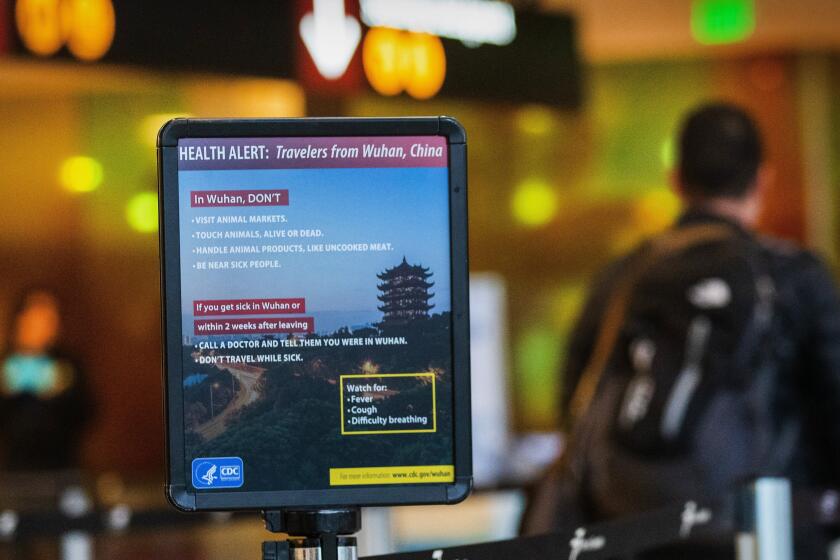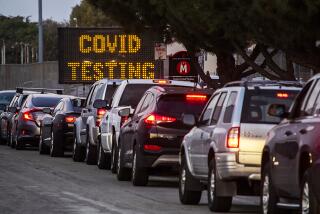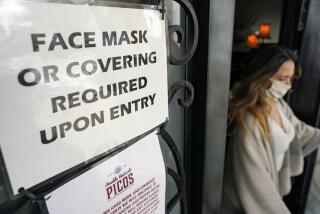Why we should keep trying to contain the coronavirus and âflatten the curveâ

The coronavirus outbreak that has sickened at least 125,000 people on six continents and caused nearly 4,600 deaths is now an official global pandemic. But that doesnât mean we should give up on trying to contain it, health experts say.
The goal is no longer to prevent the virus from spreading freely from person to person, as it was in the outbreakâs early days. Instead, the objective is to spread out the inevitable infections so that the healthcare system isnât overwhelmed with patients.
Public health officials have a name for this: Flattening the curve.
The curve theyâre talking about plots the number of infections over time. In the beginning of an outbreak, there are just a few. As the virus spreads, the number of cases can spike. At some point, when there arenât as many people left for the pathogen to attack, the number of new cases will fall. Eventually, it will dwindle to zero.
If you picture the curve, it looks like a tall mountain peak. But with containment measures, it can be squashed into a wide hill.
The outbreak will take longer to run its course. But if the strategy works, the number of people who are sick at any given time will be greatly reduced. Ideally, it will fall below the threshold that would swamp hospitals, urgent care clinics and medical offices, said Dr. Gabor Kelen, chair of the emergency medicine department at Johns Hopkins University.

Hereâs a quick guide to how the novel coronavirus spreads, how likely you are to get it and what you can do to stay healthy.
Thatâs why public health officials will continue the labor-intensive work of recording and tracking new infections, ensuring that infected individuals stay home, and guarding the borders against the arrival of new cases.
At the same time, theyâll expand their mitigation efforts. The means keeping people away from each other by canceling large gatherings, closing schools and encouraging people to work from home.
In some ways, mitigation is just containment on a larger scale. Instead of focusing on a single infected individual, officials target clusters of infected people. Buildings, city blocks or whole neighborhoods might be identified as infected, then walled off. Thatâs why New York Gov. Andrew Cuomo dispatched the National Guard to New Rochelle to enforce a âcontainment zoneâ around a community with more than 100 infected residents.
Researchers estimate that at least 1,043 people were infected with the new coronavirus as of March 1, and the true figure could have been as high as 9,484.
Think of the coronavirus outbreak like a fire, Kelen said.
In one scenario, itâs âa red hot forest fire that just rips through all of a sudden and everything burns down,â he said. In another, itâs âa slow smoldering fire that might over time burn everything down but gives firefighters a reasonable chance should they come up with tools to fight the whole thing.â
The World Health Organizationâs declaration of a coronavirus pandemic should not be viewed as an admission of defeat, said Michael Osterholm, an infectious disease expert at the University of Minnesota. Rather, it should be seen as a rallying cry to impede the virusâ progress.
âEver since we realized this virus was transmitting like influenza, efforts to permanently stop transmission never had a high likelihood of succeeding,â Osterholm said.
But slowing it down is crucial. Even when infections are unavoidable, pushing them into the future could give manufacturers a chance to replenish protective garb and masks for healthcare workers and increase the chances that a treatment will be available by the time a patient needs it. Some might even benefit from a coronavirus vaccine by the time COVID-19 reaches them, though that is nearly a year away at best.
âWhat we have to do right now is to put a lid on this epidemic, to flatten the curve of infection and buy ourselves some time to get a vaccine,â said Georgetown Universityâs Lawrence Gostin, an expert in public health law. âWe are going to have to think about bringing all the interventions we have up to scale.â
Thatâs why âsocial distancingâ measures are so important, Dr. Anthony Fauci, director of the National Institute of Allergy and Infectious Diseases, said at a White House briefing this week. Barring fans from NBA and NCAA basketball tournament games, canceling the Coachella music festival and sending college students home for the rest of the semester may seem like extreme measures, but thatâs what it will take to flatten the curve.
âWe would like the country to realize that, as a nation, we canât be doing the kinds of things we were doing a few months ago,â Fauci said.









